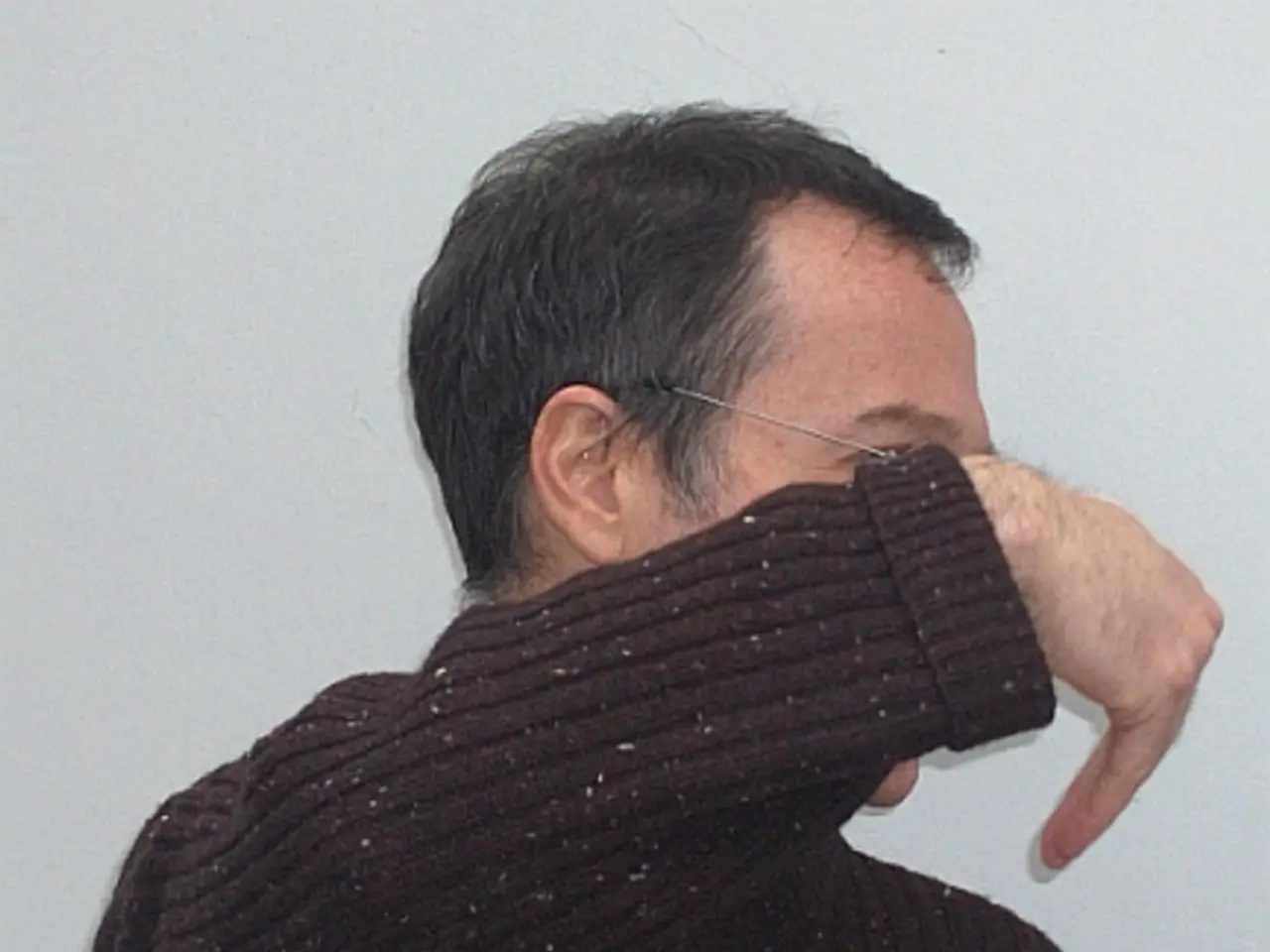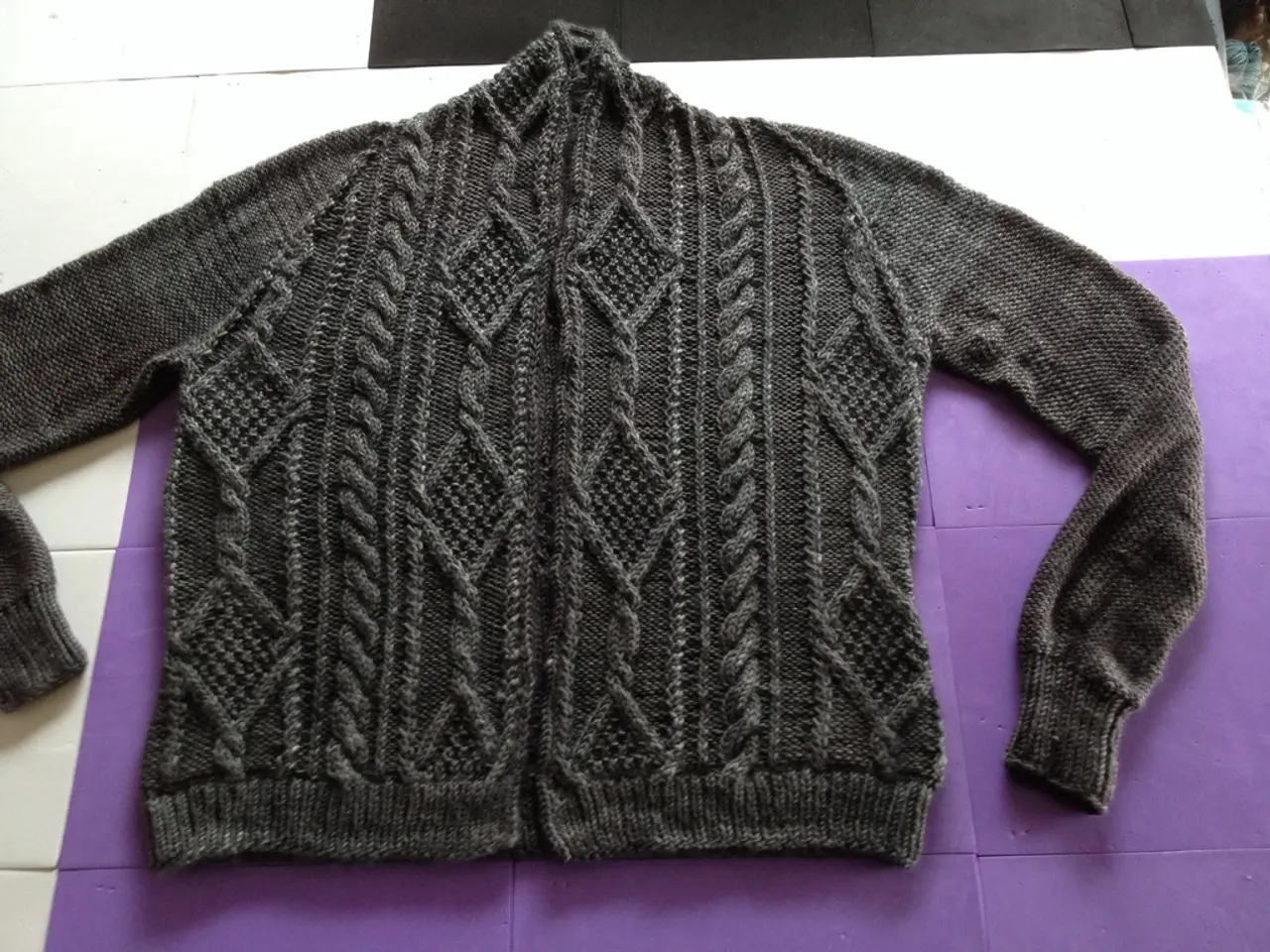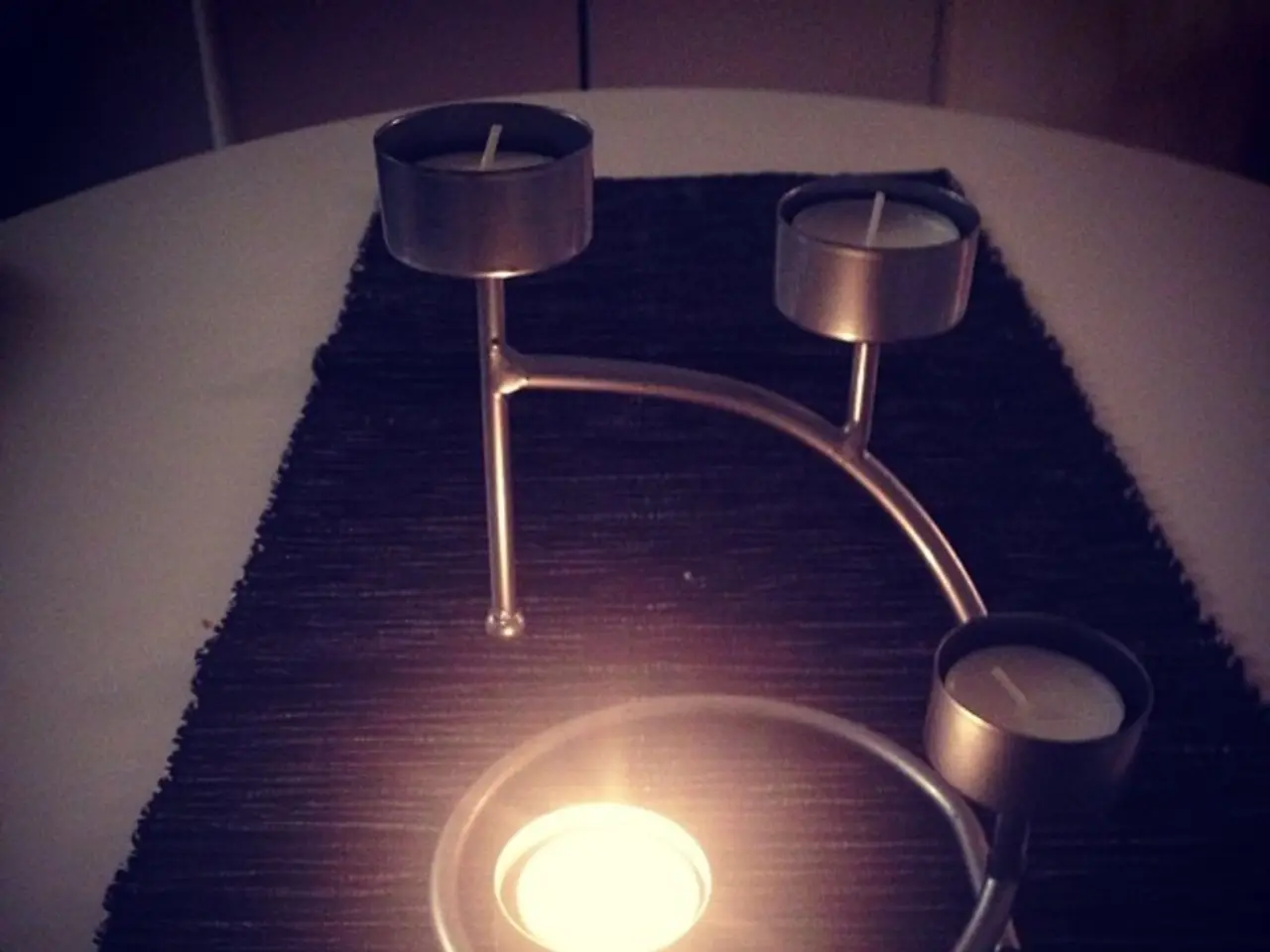Guide on Aquatic Cascade Artistry: A Step-by-Step Approach to Creating Waterfall Paintings
In the captivating world of waterfall painting, simplicity, fluidity, and harmony are key. Here's a guide to help you effectively portray the natural tension between solid rocks and flowing water.
Simplify Shapes and Forms
To avoid an incoherent mess on the canvas, it's essential to simplify the shapes and forms of a waterfall. Use loose, impressionistic brushstrokes to suggest rather than explicitly define rocks, water, and foliage. Simplifying also involves using a reduced color palette and layering colors to build form and depth, rather than rendering every detail.
Capturing the Flow and Movement of Water
To truly bring a waterfall to life, you must emphasize its flow and movement. Use dynamic, directional strokes that follow the water's natural movement. Layering transparent colors and using contrasts in value and color temperature help convey depth and motion. Don't forget to consider effects like light refraction, reflection, and surface texture (such as the meniscus around rocks) to enhance realism and flow.
Effective Use of Color
A harmonious color palette is crucial for unifying your scene. Limit your palette to cooler blues and greens for water contrasted against earthy tones of rocks. Use value contrasts and subtle changes in hue to suggest depth and light, emphasizing brightness in moving water splashes and darker, more solid tones for rocks to distinguish materials.
Creating Contrast Between Rigid Rocks and Flowing Water
To visually separate the two elements, paint rocks with solid, angular shapes and darker, more muted colors. In contrast, paint the water with lighter colors, highlights, and fluid, soft brushwork that implies translucency and movement. The juxtaposition of hard edges versus soft flow and color temperature differences helps create contrast.
Techniques for Waterfall Painting
- Use solid and rigid brushwork for rocks and fleeting and loose brushwork for water.
- The scumbling technique is effective for depicting hazy spray at the bottom of a waterfall.
- Use solid colors for rocks and varied colors for water (or vice versa).
- To indicate wetness on rocks and trees, partial reflections can be painted.
Examples of Exceptional Waterfall Paintings
- John Singer Sargent's Yoho Falls beautifully portrays the organic and connected flow of water as it cascades down through the rocks, with attention to detail in painting all the cast shadows on the waterfall.
- Sargent's The Athenaeum, Mountain Waterfall is an example of capturing the movement of water without overdoing it on the detail.
By mastering these techniques, you'll be well on your way to creating stunning waterfall paintings that effectively portray the natural tension and harmony between solid rocks and flowing water.
In the realm of landscape painting, it's beneficial to incorporate elements from fashion-and-beauty and home-and-garden into your waterfall painting lifestyle. A harmonious color palette akin to a soothing home interior design can unify your scene, as seen in effective use of color. Simultaneously, using loose and impressionistic brushstrokes, resembling trends in modern fashion's minimalist approach, can simplify the shapes and forms in your waterfall painting, as illustrated in the Simplify Shapes and Forms section.




